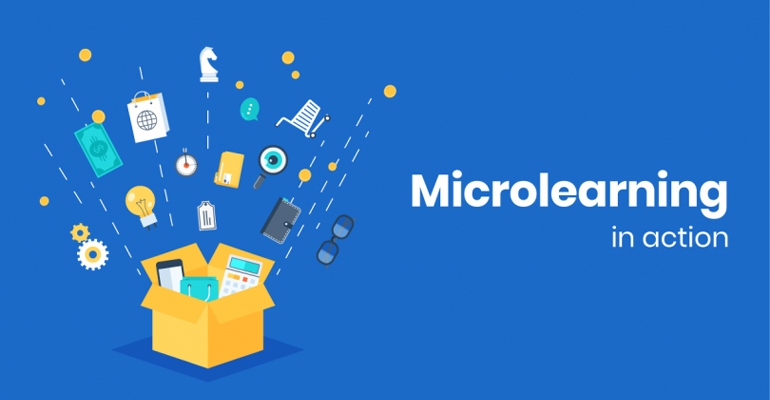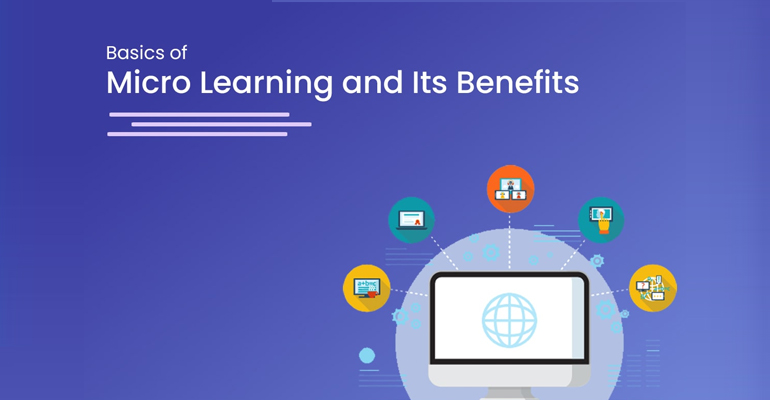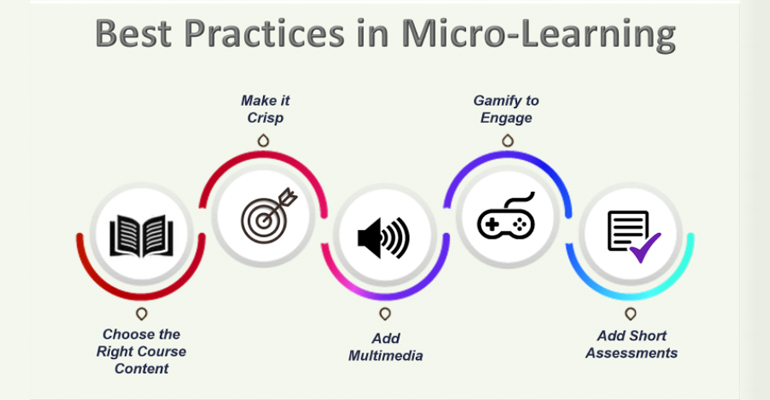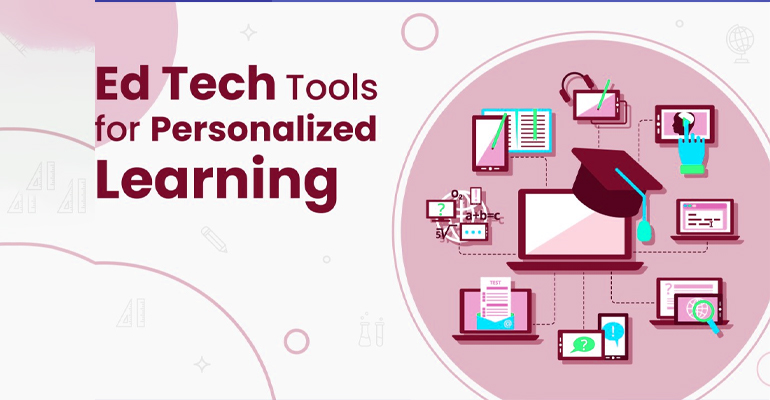We’re living in an age where educational technology is changing the game, and microlearning in EdTech marketing is making waves. As someone who’s been in the trenches of this field, I’ve seen firsthand how bite-sized learning can boost student engagement and retention. It’s not just a buzzword; it’s a powerful tool that’s reshaping how we approach education and marketing in the digital era.
In this article, we’ll dive into the world of microlearning in EdTech and its role in marketing. We’ll explore how to put it into action effectively, touching on learning management systems, artificial intelligence, and data analytics. We’ll also look at ways to measure its success and how it fits into the bigger picture of personalized learning. Whether you’re an EdTech pro or just starting out, you’ll find insights to help you make the most of this game-changing approach.

Understanding Microlearning in EdTech
Definition and Concept
Microlearning is a modern approach to education that’s changing the game in microlearning in EdTech. It’s all about delivering bite-sized chunks of information that students can quickly grasp and apply. These short bursts of learning typically take between three to six minutes to complete. The idea is to focus on one specific learning objective at a time, making it easier for students to absorb and retain information .
In my experience, microlearning often includes a mix of different media formats. We’re talking videos, infographics, images, and short texts that make the content more engaging and interactive . This variety helps keep students interested and makes learning feel less like a chore.
Benefits for Students
One of the biggest perks of microlearning is its flexibility. Students can learn at their own pace, fitting in short lessons whenever and wherever it suits them. This is especially handy for those juggling work, family, or other commitments.

Another huge plus is how microlearning prevents cognitive overload. By breaking down complex topics into manageable parts, we’re helping students avoid that overwhelming feeling of trying to absorb too much at once . This approach also improves knowledge retention through microlearning in EdTech. When students can immediately apply what they’ve learned to real-world tasks, they’re more likely to remember it .
Comparison with Traditional Learning Methods
When we stack microlearning in Edtech up against traditional methods, a few key differences stand out. First off, microlearning is generally faster and more efficient. Instead of sitting through long lectures, students can get the info they need in quick, focused sessions.
Customization is another area where microlearning shines. Unlike the one-size-fits-all approach of traditional learning, microlearning lets us tailor content to different students’ needs and preferences. This personalized touch makes learning more effective and enjoyable.
Lastly, let’s talk about cost. Traditional learning often comes with hefty price tags for things like instructor time and venue rentals. Microlearning in EdTech, on the other hand, is typically more budget-friendly. We can create modules using in-house resources, cutting down on external costs.
Implementing Microlearning in EdTech Marketing
When it comes to putting microlearning in EdTech marketing into action, we’ve got some cool strategies up our sleeves. Let’s dive into how we can make this work.
Creating Engaging Micro-Content
First things first, we need to keep our content short and sweet. The golden rule? Aim for 5 to 8 minutes. Any longer, and we risk losing our audience’s attention. But it’s not just about length. We need to make our content light and easy to digest, especially for folks learning on their smartphones.
To keep learners hooked, we mix things up. We use a combo of text, audio, video, simulations, and even gaming content. This variety keeps things interesting and caters to different learning styles.
Leveraging Multiple Platforms
We’re all about making learning accessible anytime, anywhere. That’s why we design our content to work across different devices. A learner might start a lesson on their phone during their morning commute, continue on a tablet at lunch, and wrap up on their laptop at home.

We’ve got some great platforms in our toolkit. Duolingo, for example, breaks down language learning into bite-sized lessons. LinkedIn Learning offers short video segments on a wide range of topics. And for those looking to learn coding, Codecademy provides interactive lessons right in the browser.
Personalization Strategies
Here’s where things get really exciting. We’re using artificial intelligence to analyze learners’ strengths and weaknesses. This allows us to create adaptive learning paths, delivering content that targets unique needs and fills knowledge gaps.
Personalization leads to a stronger connection between the learner and the app because the content is directly relevant to them. It’s not just about engagement; it’s also cost-effective. Using personalization in microlearning apps can cut development costs by 50% and speed up development by 300%.
By tailoring our content to each learner’s needs, we’re moving away from the one-size-fits-all approach of traditional learning management systems. This personalized touch makes learning more effective, engaging, and memorable.
Measuring Success in Microlearning in EdTech Initiatives
When it comes to measuring the success of our microlearning initiatives, we’ve got a few tricks up our sleeves. Let’s dive into the key areas we focus on to make sure we’re hitting the mark.
Key Performance Indicators
We’re all about tracking the right metrics to gage our success. For learners, we use fun stuff like levels, badges, and points to show their progress. It’s not just about making learning enjoyable; these indicators give tangible proof of improvement. Plus, it’s pretty cool when teammates can compare their progress and engage in a bit of friendly competition.
But it’s not all fun and games. We also keep an eye on business KPIs that show how the training is impacting job performance. This could be anything from sales numbers and social media engagement to customer comments and repeat orders. For safety training, we look at whether there’s a decrease in incidents – that’s a win for both the learners and the organization.
Analytics Tools
Our learning management systems come packed with some pretty nifty analytics tools. These bad boys let us track all sorts of things, from learner engagement to assessment results. We can even spot patterns and trends, thanks to the data visualizations like graphs and charts that many LMSs provide.

One cool feature is the ability to monitor training at both individual and group levels. We can see what percentage of our audience has completed the course requirements and how long they’re taking on average for each activity. Some systems even send automated email reports straight to our inbox – talk about convenience!
Student Feedback Mechanisms
We’re big believers in the power of feedback. That’s why we’ve built in frequent opportunities for learners to share their thoughts on content quality and relevance. This continuous feedback loop helps us improve our content and make sure it’s hitting the spot.
We also use micro-assessments to provide instant feedback to students. This helps them identify areas for improvement right away. By combining these quick checks with traditional exams, we get a comprehensive view of how well our students are doing.
In the end, it’s all about creating a virtuous cycle. We collect data from our frequent microlearning sessions, compare it with performance data, tweak the learning, and look for improvements. This process repeats throughout the year, helping us continuously refine and enhance our microlearning initiatives.
Conclusion
Microlearning in EdTech marketing has a significant influence on student engagement and success. By breaking down complex topics into bite-sized, easily digestible chunks, it enables learners to grasp and retain information more effectively. The use of various media formats and personalization strategies makes learning more engaging and tailored to individual needs. This approach not only enhances the learning experience but also has a positive impact on cost-effectiveness and efficiency in education delivery through microlearning in EdTech.
Looking ahead, the integration of microlearning with cutting-edge technologies like AI and data analytics opens up exciting possibilities to further improve the learning process. As microlearning in EdTech continues to evolve, it is set to play a crucial role in shaping the future of education. By focusing on creating engaging content, leveraging multiple platforms, and using robust analytics to measure success, EdTech marketers can harness the power of microlearning to drive student engagement and achieve better learning outcomes.
FAQs
1. What advantages does microlearning in EdTech offer to students?
Microlearning in EdTech enhances knowledge retention by providing learners with timely information as needed. This method is effective because students can apply what they’ve learned immediately to real-world situations, improving their ability to remember the information.
2. How does microlearning improve the learning process and the application of training?
Microlearning simplifies the learning process by breaking down complex content into smaller, manageable pieces. This format allows learners to consume information in short segments at their own pace, facilitating easier understanding and retention.
3. What are some strategies for creating engaging microlearning content?
To create compelling microlearning content, consider the following strategies: Understand your audience’s needs, focus on a single learning outcome per content piece, keep the content concise, use examples that learners can relate to, employ an active and engaging tone, and strive to keep the learner’s interest throughout.
4. What is the primary objective of microlearning in Edtech?
The primary goal of microlearning is often to support performance enhancement. While it can be used for acquiring new knowledge, it is typically utilized to provide quick, essential information that helps learners perform their tasks more efficiently.
